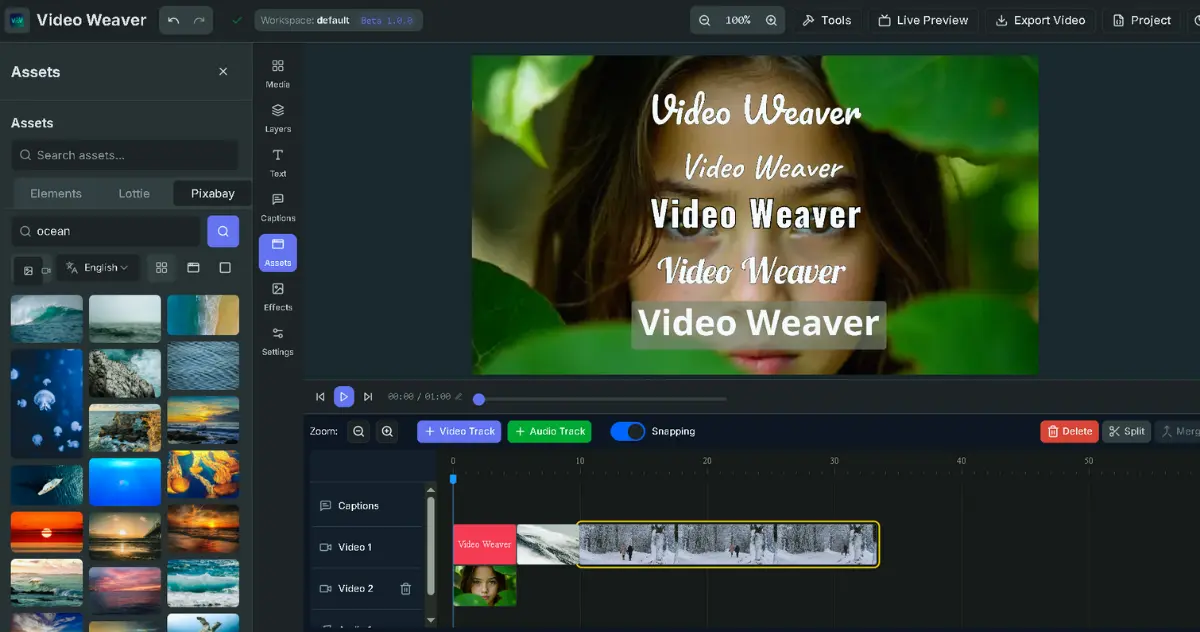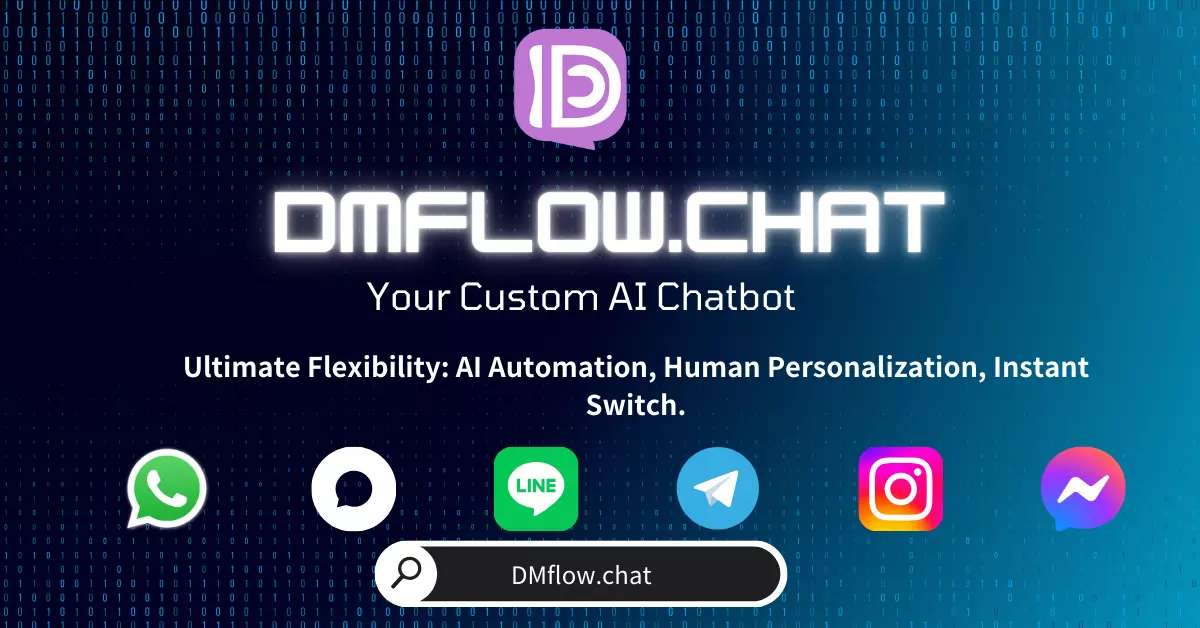Get an in-depth look at Tencent’s latest open-source text-to-image model, HunyuanImage-3.0. Explore how its unique ‘LLM Brain’ deeply understands Chinese semantics and Eastern aesthetics, and creates stunning visual art through an innovative progressive training paradigm. This is not just technology; it’s the future of AI creation.
A New Star in the AI Drawing Track: What is Tencent Hunyuan?
The field of AI-generated images constantly brings us surprises. From the artistic sense of Midjourney to the flexibility of Stable Diffusion, it seems that new breakthroughs emerge every once in a while. Now, a new character worthy of attention is stepping into the center of the stage - that is the Hunyuan text-to-image large model launched by Tencent.
But don’t rush to classify it as “just another” AI drawing tool. The core concept of the Hunyuan model may herald the next development direction of generative AI. It is not just a program that can draw, but more like a creator equipped with a powerful “LLM brain”, especially good at understanding our complex and imaginative Chinese instructions.
This article will take you to explore how the Hunyuan model, through its unique architecture and training methods, especially in its latest HunyuanImage-3.0 version, achieves a leap from “understanding” to “creating”.
Hunyuan’s Secret Weapon: the “LLM Brain”
You may want to ask, what is the difference between this and other models? The answer is hidden in the concept of the “LLM brain”.
Many past text-to-image models, although effective, sometimes seem to be struggling when dealing with complex or culturally-backed instructions. They are like highly skilled but limited-understanding apprentices, and you have to command them in very precise and simple language.
However, Tencent Hunyuan has taken another path. It deeply integrates a powerful large language model (LLM) into the image generation process. What does this mean?
- True understanding: It is no longer a simple mapping of text labels to image features. This “brain” can analyze the structure of sentences, understand abstract concepts, and even grasp the emotions and cultural connotations behind the text, just like a human. For example, it can better distinguish the subtle differences between “an ancient temple under the sunset, with a touch of Zen” and “a red temple at sunset”.
- Instruction optimization and rewriting: According to official information, the Hunyuan model has established thinking and rewriting capabilities during the
instruction tuningstage. This means that even if your instructions are a bit vague, it can “fill in the blanks” and optimize to generate images that are more in line with your potential expectations. This is like a smart designer who can help you turn a preliminary idea into a concrete visual plan.
In short, this “LLM brain” transforms Hunyuan from a passive executor into a partner who can talk to you and create together.
The Cultivation of an AI Artist: Progressive Training Paradigm
A powerful model is not built overnight. The excellent performance of the Hunyuan model stems from a well-designed process called the “progressive training paradigm”. This process is like a complete course for cultivating an artist, and every step is crucial.
Phase 1: Pre-training (Laying the Foundation)
This is the beginning of everything. At this stage, the model will learn a massive amount of image and text data, but follow a clever strategy: from low resolution to high resolution, from low quality to high quality.
Why do this? This is an efficient way of learning. First, let the model master the macroscopic concepts such as the outline, color, and basic composition of objects, and then gradually let it learn finer textures and details. This is like learning to draw, first learning sketching to lay a good foundation, and then coloring and processing light and shadow.
Phase 2: Instruction Tuning (Learning to Obey)
With basic knowledge, the model needs to learn how to “understand instructions”. This stage is the key to the “LLM brain” playing its role. Through a large number of instructions and corresponding images for fine-tuning, the model begins to closely integrate its language understanding ability with its visual generation ability. It not only learns what an “apple” looks like, but also learns to understand complex scene descriptions such as “a green apple on an old wooden table, illuminated by the morning sun”.
Phase 3: SFT and RL (Pursuit of Excellence)
Finally, in order to make the generated images not only accurate, but also “good-looking”, the Hunyuan model entered the supervised fine-tuning (SFT) and reinforcement learning (RL) stages. At this stage, the model will be exposed to a large amount of high-quality, high-aesthetic data screened by human experts. Through human feedback, the model will learn what kind of composition is more attractive and what kind of color matching is more harmonious. This is equivalent to hiring an aesthetic tutor for this AI artist to continuously improve its artistic taste and creative level.
And this sophisticated training process, the final result is the latest version we see now.
New Upgrade: What Does HunyuanImage-3.0 Bring?
If the above training paradigm is the skeleton of the Hunyuan model, then HunyuanImage-3.0 is its full-fleshed, intelligent complete body. This version has been comprehensively enhanced on the basis of the previous generation, bringing several eye-catching leaps:
- A more powerful “Chinese brain”: HunyuanImage-3.0 has pushed the understanding of Chinese to a new height. It can not only handle longer Chinese prompts, but also accurately identify dozens of complex semantic elements. Whether it is a poetic ancient style scene or a modern creation containing specific cultural symbols, it can handle it with ease.
- Intelligent prompt optimization: This is perhaps one of the most considerate features of version 3.0. It has a built-in ability to automatically expand and rewrite prompts. This means that even if you only input a simple idea, such as “a cat”, the model will automatically enrich the details for you, possibly generating “a tabby cat sitting on the windowsill, the sun shining on its furry body, with a lazy look in its eyes”, which greatly reduces the threshold for use and allows novices to easily create amazing works.
- A leap in image quality and realism: The new version is more delicate in the processing of details, textures, and light and shadow of images, and the generated portraits and landscapes are extremely realistic. This is due to its more advanced model architecture and higher quality training data.
- Mastery of diverse styles: From anime to traditional ink painting, from surrealism to cyberpunk, HunyuanImage-3.0 has shown amazing style adaptability, meeting the diverse needs of different creators.
Why Should You Pay Attention to the Hunyuan Model?
Whether you are a developer, designer, or a pure AI enthusiast, the Tencent Hunyuan model, especially its latest HunyuanImage-3.0, has several highlights worthy of your attention:
- Excellent native Chinese support: This is a huge boon for creators who use Chinese. It can accurately capture Chinese-specific idioms, poems, and cultural elements to generate images full of Eastern aesthetics.
- Ultimate user-friendliness: The intelligent prompt optimization function allows everyone to become an artist. You no longer need to learn complex “chanting skills”, just put forward your ideas and leave the rest to the AI.
- The power of open source: Tencent has open-sourced HunyuanImage-3.0 on Hugging Face, which means that developers and researchers around the world can use, research, and innovate on its basis, jointly promoting the development of the entire community.
In summary, Tencent Hunyuan is not just a powerful tool, it also represents a trend: future generative AI will no longer be cold machines, but intelligent partners with stronger understanding and creativity. With the further open source and development of technology, we have reason to believe that an era of creation for all is accelerating.




